The heads of diversity at Amazon, Banijay and Fremantle say more collaboration between broadcasters and indies is essential to achieve true progress on inclusion
Miranda Wayland
Head of DE&I, Amazon Studios
Angela Ferreira
Diversity, equity & inclusion ambassador, Banijay UK
Babita Bahal
Group head of DE&I, Fremantle
Working on the broadcaster and streamer side, it constantly feels like it’s our problem to ensure diversity, equity and inclusion [DE&I],” says Miranda Wayland, head of DE&I at Amazon Studios and Prime Video, who joined the streamer from the BBC last year.
“The truth is it’s a collaboration. Everything that sits in the DE&I space is advantageous to both [us and the production sector]. It is not our job to tell indies how to run their businesses or beat people over the head with a stick”.
“We will only get seismic shifts when we work collaboratively”
Babita Bahal, Fremantle
When Broadcast brings Wayland together with Angela Ferreira and Babita Bahal, her counterparts at Banijay and Fremantle respectively, all three agree that while broadcasters, streamers and indies have taken giant leaps towards ensuring they are more diverse and inclusive on and off screen, the focus must now turn towards ensuring that platforms and producers work together and pull their weight.

“We will only get seismic shifts when we work collaboratively,” says Fremantle group head of DE&I Bahal, who joined the indie sector after six years at the BBC and a year as Channel 4’s head of creative diversity.
She agrees with Wayland that it is often the broadcasters who “instigate” actions, adding that indies should do everything in their power to take those ideas further – but pushes back on the notion that broadcasters are the sole drivers of change.
“Producers are not sitting around waiting to be told what to do by the broadcaster or streamer – they are actively going out and nurturing voices that they know are important to their storytelling,” she says.
Fremantle, she says, makes the most of development roles funded by broadcasters by giving each of those individuals a mentor, offering them a 360-degree experience of production and helping them get set up for their next gig.
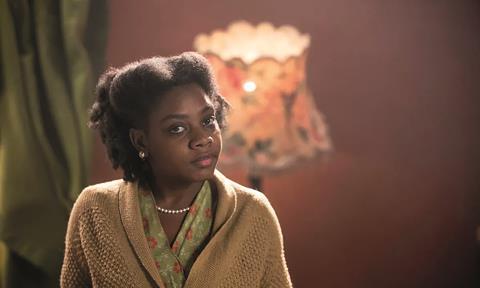
She also points to the launch of the disability-focused TV Access Project (TAP), created by nine broadcasters with the support of indie representatives Pact and the Creative Diversity Network, as an example of where the move to more collaborative working is gathering momentum.
“Previously, the responsibility has been batted back and forth but the industry seems to be coming together a lot more and driving for change in a joined-up way,” she says.
“I will always communicate what I expect in terms of best practice”
Angela Ferreira, Banijay
Douglas Road managing director Ferreira, who has just been appointed to an additional role as Banijay UK’s diversity, equity and inclusion ambassador, agrees there is a growing trend towards collective responsibility, but urges indies to prioritise DE&I from the very start of a production.
“We are much further along than we were three years ago, which we can see in the output and the make-up of the teams telling those stories,” she says.
“As a programme maker, I will always communicate to a broadcaster or streamer what I expect in terms of best practice, but I also expect them to do the same, so we have a meeting of minds and action. Once an idea takes hold, it’s so important to have early conversations about how things are going to play out, because it’s very difficult to fix problems halfway through.”
Immediate involvement
Wayland is also an advocate for early involvement and considers herself a key member of the development team. As well as having significant involvement in the early creative process, she reads scripts, sits in development meetings, greenlight sessions and casting meetings, and makes recommendations about the writers and indies with which Amazon is excited to work.
“I can make crucial changes before something is fully formed and has no wiggle room,” she says.
“The best things I can do with the reach and leverage of the brand is be clear about our expectations, share our resources, listen to the pain points of production and have robust conversations to make people accountable when things aren’t working.”
“Our roles are only ever effective if we have power and autonomy”
Miranda Wayland, Amazon
There has been a sea change in how her role is viewed in recent years, she says – and a corresponding increase in the number of people in DE&I jobs.
“Throughout my career, people in DE&I roles were traditionally seen as consultants required at critical junctions of a production rather than embedded throughout the production cycle,” she says.
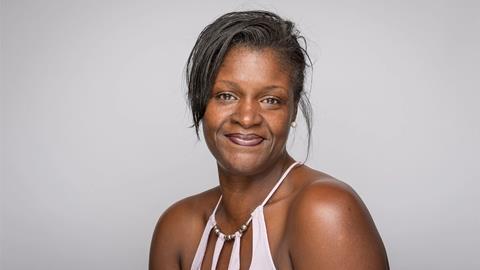
“Now things don’t get greenlit unless they are approved by my team.”
But, she says, the success of DE&I specialists relies on their employers giving them free rein to see their vision through: “Our roles are only ever effective if we have power and autonomy.
“We need to be able to challenge the inequities that we are hired to identify on behalf of the company, and for the business to embrace what can often feel uncomfortable or different to the status quo.”
UNDERSTANDING INTERSECTIONALITY
Wayland says one of her key focuses at Amazon is to “showcase” the meaning of intersectionality, which she says is widely misunderstood.
“The intersectionality of who I am as a person is not just recognising my gender or race – it’s understanding the barriers I face when I walk into the workplace when all those elements are compounded.
“I’ve got a real bugbear with the way the industry uses the word quite happily, as if they get extra brownie points for employing diverse people. There needs to be a reset to better understand the challenging landscapes in which people are being asked to operate.”
Wayland also believes there needs to be more analysis of how success stories come about, so that learnings can be taken forward into other series.
“We talk a lot about ‘why’, but we often fail to ask ‘how’,” she says. “What steps did an indie or streamer face to get to where they did?”
She stresses that above-the-line talent – people who are in strategic creative decision-making roles – are “pivotal” to delivering change.
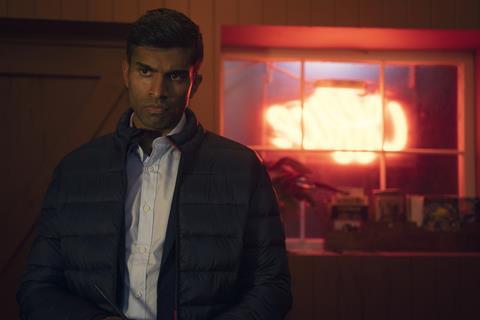
“As soon as you have diverse representation among showrunners, directors, producers and writers, the rest of the production follows and ultimately your entire production team will become much more diverse.”
She adds that more diversity helps make the “pressurised” environment of a TV production feel safer for the individuals working in it.
“The time taken to have those conversations and set up properly at the beginning pays dividends throughout.”
Stop playing it safe
Wayland also wants to see broadcasters and streamers spend more with indies that “have not historically owned the landscape”, to create more space for new talent.
When they are pushing for big, bold content or mass appeal, Wayland says broadcasters and streamers tend to turn to “big, established, financially secure” production companies, rather than taking a risk on younger indies that are still trying to win their first commissions and grow.

“Lesser-known indies are rarely able to accelerate their business proposition and win the big six- or 12-part series, so we need to look at supporting diverse companies and giving them the latitude and leverage to tell stories that might not be synonymous with their diversity.
“We must open the door to people who will create characters that have a full breadth of identity and are shaped by their own lived experiences.”
Bahal argues that one overlooked area where increased diversity can have a massive impact in terms of new voices is in production crew, citing Naked’s Planet Sex (BBC3) as a show that did this very effectively.
“Having a largely female and non-binary crew was core to telling the story about gender identities and intersectional LGBTQ+ communities across the world,” she says. “The crew had a nuanced understanding of those communities and could speak to those issues personally, rather than being a lens looking in.”
Similarly, she references the diversity of Fremantle Australia’s Netflix drama reboot Heartbreak High, which was lauded for its diverse storytelling and featured first nations, queer and neurodivergent people in its cast and crew.
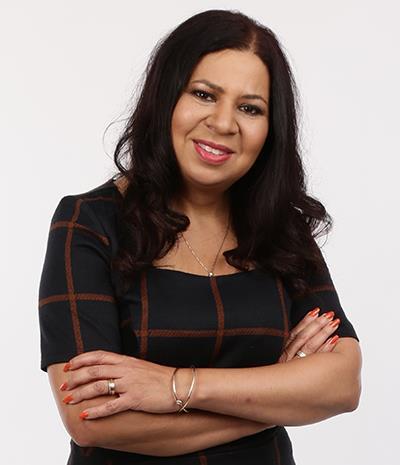
Ferreira points out two key challenges when it comes to ensuring a diverse range of contributors: the widespread use of freelancers and short-term contracts, and the frequently short lead times between greenlight and the start of production.
“The freelance nature of TV means contracts are not continuous. If you don’t have a financial safety net, gaps in employment can be problematic to enter or stay in a business. The tendency is for businesses to fall back on people they regularly work with and they end up in the same vicious cycle.”
Bigger companies like Banijay and Fremantle are able to rely on talent managers to help them retain the best talent. Bahal credits Fremantle head of talent Victoria Roye with driving its retention strategy. “Vic knows when the next commissions are coming up and what is going into production, which means she can move people around shows and between our labels to support their individual aspirations and tackle that sense of uncertainty.
“It is so important that we stick with our talent and use our scale to support their career progression.”























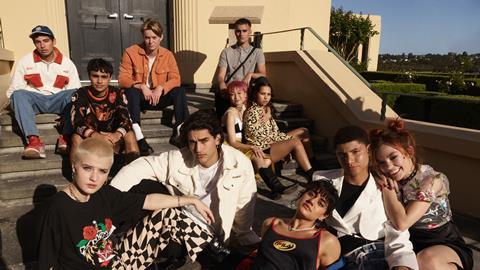





2 Readers' comments